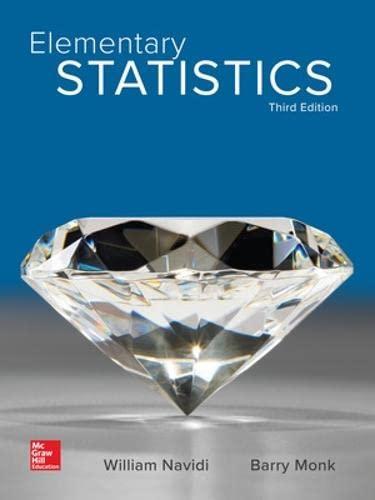In the chapter introduction, we presented gas mileage data for 2016 model year hybrid and small non-hybrid
Question:
In the chapter introduction, we presented gas mileage data for 2016 model year hybrid and small non-hybrid cars. We will use histograms and back-to-back stem-and-leaf plots to compare the mileages between these two groups of cars. The following tables present the mileages, in miles per gallon.
1. Construct a frequency distribution for the hybrid cars with a class width of 2.
2. Explain why a class width of 2 is too narrow for these data.
3. Construct a relative frequency distribution for the hybrid cars with a class width of 3, where the first class has a lower limit of 20.
4. Construct a histogram based on this relative frequency distribution. Is the histogram unimodal or bimodal? Describe the skewness, if any, in these data.
5. Construct a frequency distribution for the non-hybrid cars with an appropriate class width.
6. Using this class width, construct a relative frequency distribution for the non-hybrid cars.
7. Construct a histogram based on this relative frequency distribution. Is the histogram unimodal or bimodal? Describe the skewness, if any, in these data.
8. Compare the histogram for the hybrid cars with the histogram for the non-hybrid cars. For which cars do the mileages vary more?
9. Construct a back-to-back stem-and-leaf plot for these data, using two lines for each stem. Which do you think illustrates the comparison better, the histograms or the back-to-back stem-and-leaf plot? Why?
Step by Step Answer:





